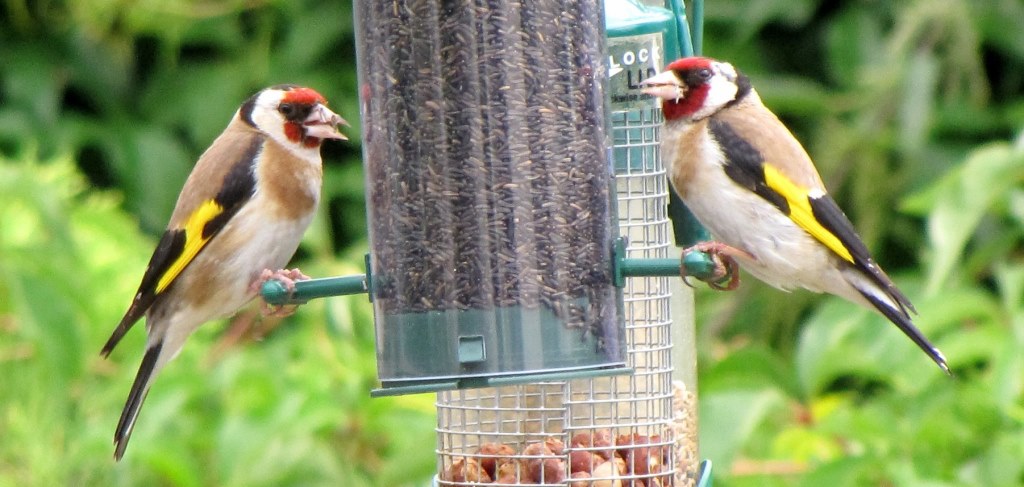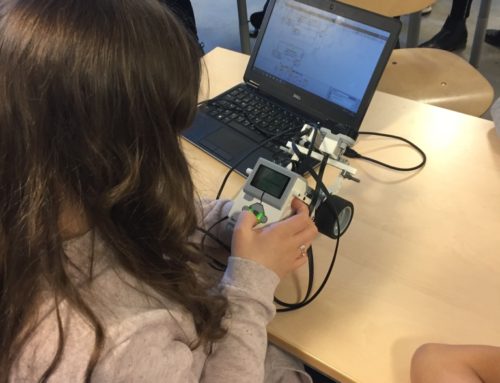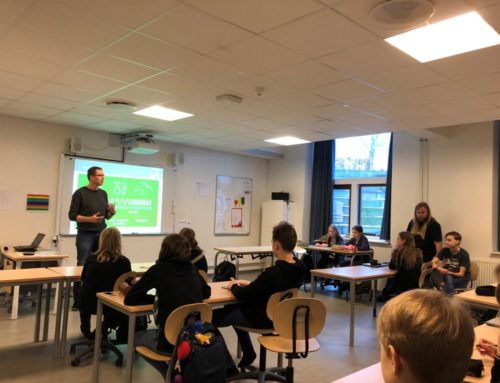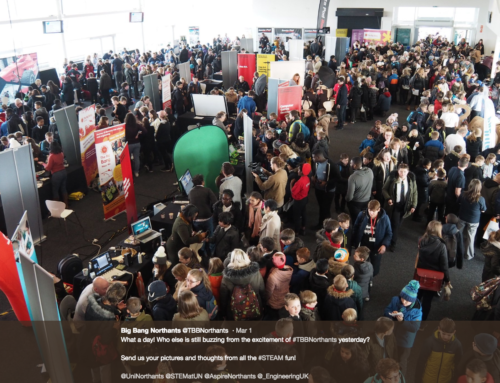Project Description
Image credit: European Goldfinchs on a garden bird feeder in the United Kingdom. Uploaded by Snowmanradio.
As winter draws closer, food for the birds in our local area is becoming scarce. This could be used as a stimulus for a STEAM project, in which children could experiment with our ‘waste and recyclables’ to create a bird feeder for the garden/playground.
Children could begin this project by observing bird activity on the playground, using motion sensors and photographs to map and detect when movement occurs (Discover). From this data, they would be able to determine the frequency of visits to the area, evaluating why this is the case, and predicting how this data might change with the introduction of a bird feeder.
Once at this stage, children could begin to design and construct a bird feeder for their playground, using different recycled to create a product that is both durable, to withstand the winter conditions, and strong, to hold a significant amount of food. Children could work individually or in groups to create the product, with problems such as the product’s water and wind resistance being tested. These problems would encourage pupils to evaluate the suitability of their designs and tweak them to consider how they could be improved to be fit for purpose.
Once the bird feeders have been created, children could repeat the data collecting experiment, to see how their bird feeders have impacted the number of bird visitors to the playground. In the classroom, a bird watching area could be set up and children could take photos of the birds they see visiting their feeders. These photos could then become a stimulus for a piece of artwork or a dance based on what the children have observed from their bird watching post.
On a placement setting, I saw a project similar to this being ran in a Year 3 class. In the corner of the classroom, they had a bird watching station equipped with binoculars and iPads for children to observe the birds and take pictures/videos of them. Every week, these pictures/videos were shown in the class’ P.E. lessons as a stimulus for a dance routine that the children were choreographing in small groups.
Having observed part of this project, that ran over the course of a term, I saw how the project integrated into Science, Maths, P.E. and Art and offered a vast range of benefits for both children’s learning and their appreciation of their local environment.
The project encourages pupils to use their science and mathematical knowledge to map the frequency of bird visits and explain why these numbers are the case, whilst allowing them to appreciate how they can impact their natural environment through artwork. It is a simple project to undertake in the classroom, but it allows children to develop skills across the STEAM guidelines.
Feed the Birds – A STEAM Project by Sophie Haworth






